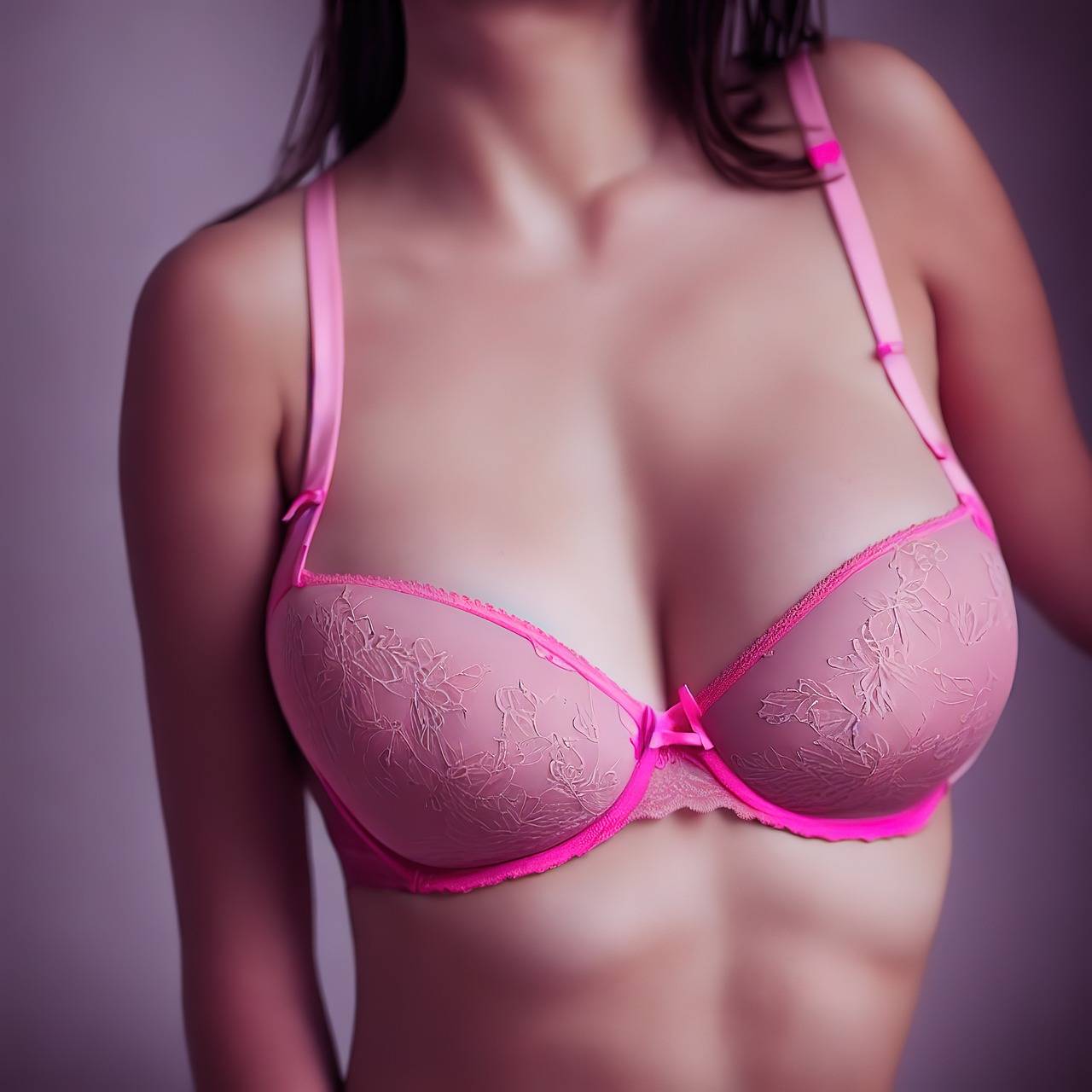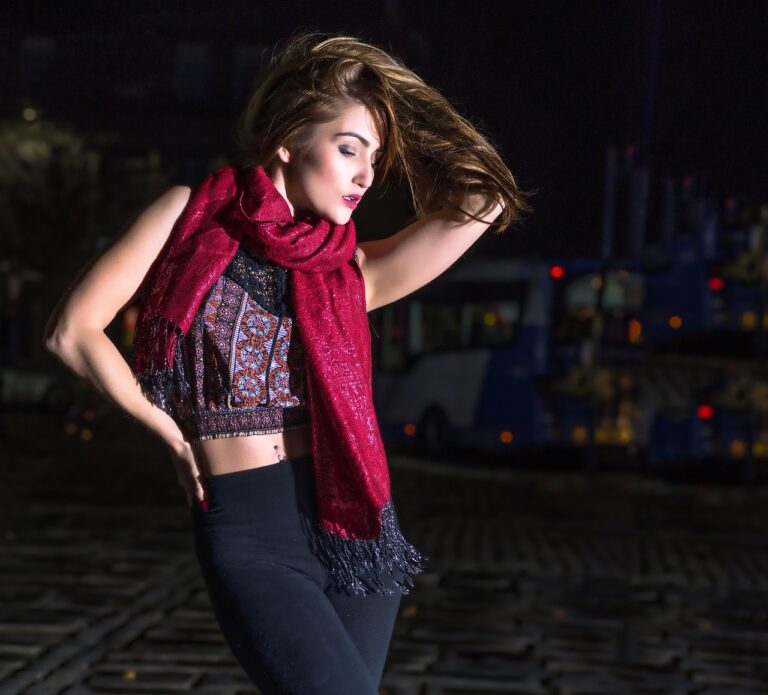The Impact of Economic Trends on Fashion Consumption
Consumer behavior plays a pivotal role in shaping the fashion industry. The desire for self-expression and identity often drives individuals to consume trendy and stylish clothing. Social media platforms and influencers also have a significant impact on fashion consumption patterns, as they showcase the latest trends and styles to a global audience.
Moreover, economic factors such as income levels and disposable income greatly influence how consumers engage with fashion. During periods of economic uncertainty, individuals may opt for more budget-friendly options, whereas in prosperous times, they are more likely to splurge on luxury items. Additionally, cultural influences, societal norms, and personal preferences all play a part in determining how individuals consume fashion products.
Global Economic Conditions and Fashion Trends
The connection between global economic conditions and fashion trends is undeniable. Economic fluctuations often have a direct impact on consumer behavior within the fashion industry. In times of economic prosperity, individuals are more willing to spend on luxury items and high-end brands, leading to an increase in demand for trendier and high-fashion products. Conversely, during economic downturns, consumers tend to opt for more affordable and timeless pieces, causing a shift towards minimalist and practical fashion trends.
The cyclical nature of the economy plays a crucial role in shaping fashion trends. When economies are thriving, fashion designers are more experimental and daring in their creations, often incorporating bold colors, extravagant designs, and innovative materials. On the other hand, during economic crises, there is a noticeable shift towards more subdued and classic styles as consumers prioritize practicality and longevity in their clothing choices. This correlation underscores the dynamic relationship between global economic conditions and the ever-evolving world of fashion.
How do global economic conditions influence fashion trends?
Global economic conditions can impact fashion trends in several ways. During times of economic growth, consumers may be more willing to spend on luxury items and trendy pieces. On the other hand, during economic downturns, consumers may opt for more affordable and practical clothing options. Additionally, changes in exchange rates and trade agreements can also affect the availability and price of certain fashion items.
What are some factors that influence fashion consumption?
Some of the factors that influence fashion consumption include social media trends, celebrity endorsements, cultural influences, runway shows, and economic conditions. Consumer preferences, values, and lifestyle choices also play a significant role in shaping fashion consumption patterns.
How can fashion retailers adapt to changing global economic conditions?
Fashion retailers can adapt to changing global economic conditions by staying informed about market trends, diversifying their product offerings, adjusting pricing strategies, targeting new customer segments, and investing in online sales channels. Building a strong brand reputation and offering value-added services can also help retailers weather economic fluctuations.
Are there any specific fashion trends that are currently influenced by global economic conditions?
Yes, some specific fashion trends that are currently influenced by global economic conditions include the rise of sustainable and ethical fashion, the popularity of minimalist and timeless designs, and the shift towards gender-neutral clothing. These trends reflect consumers’ changing priorities and values in response to economic uncertainty.





